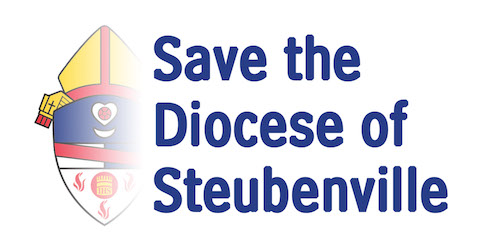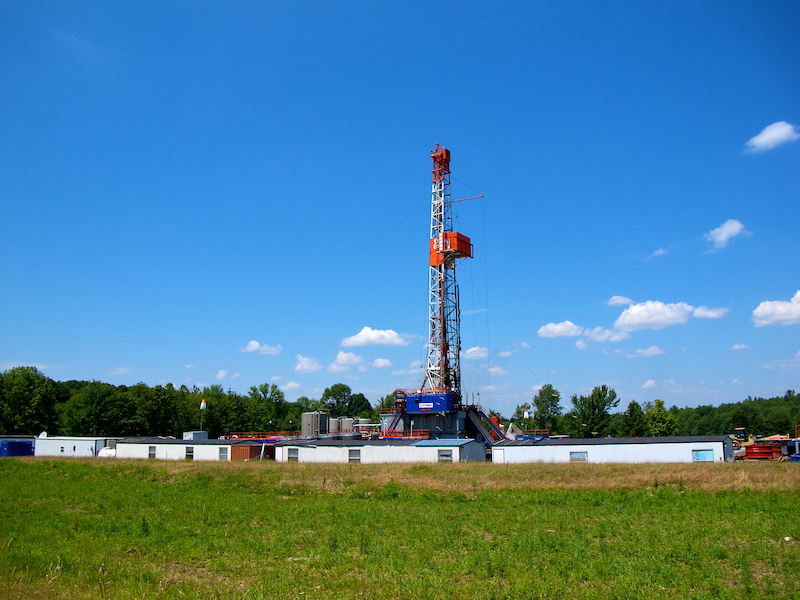Bishop Monforton presented the declines in population and job growth in the 13 counties of the Diocese of Steubenville as a reason to suppress the Diocese.
This just doesn’t make sense with what’s obviously happening in the city of Steubenville and the larger region.
The population of the 13 counties in question was 496,221 in 2020. While this is much lower than the population was at its peak in 1980, it is only about 6,000 persons lower than the population was in 1950 — just six years after the Diocese was established.
The population peak of 1980 was driven by the decades-long growth of the steel and coal and related industries that lined the Ohio River, making the Ohio the second-most used river in the United States for commercial activity (second only to the Mississippi).
Steel and Coal Collapse
When the steel industry collapsed in the late 1970s and into the early 1980s, the entire region, Pittsburgh and Youngstown included, suffered a significant decline in population. Pittsburgh and Youngstown, which both were much, much larger at their peaks, have stabilized and even begun to grow again for a number of reasons. Steubenville, however, has not enjoyed similar rebound, yet.
But the signs are there.
First, job growth is not a downward trajectory forever.
Fracking is Here to Stay
Fracking is an unavoidable part of the future of the region. The government in Pennsylvania is more likely to strangle the oil and gas industry than is that of Ohio. If/when they make oil and gas exploration and production that much more expensive in PA, more fracking will move into southeast Ohio. With that expansion, jobs will come.
Along with the growth in fracking, a new major ethane cracker plant is under construction at Dilles Bottom. It will not be up and running for some time, but the Church deals in centuries, not moments, so “in a few years” is nothing. The ethane cracker plant will guarantee many, many stable and well-paying jobs for the region.
Trinity Health Systems has expanded, opening a major new wing of the Trinity West hospital, plus new doctors are moving to town to engage in private practice.
Remote Work a Boon to the Region
Further, “jobs coming to town” doesn’t have to mean local businesses are hiring more people. One of the most important developments of the pandemic has been the growth in remote work. There are positives and minuses to this shift, but one reality is that many jobs can be done from any place where the employee has a good connection to the internet.
Comcast has its issues, but it generally does the trick. I personally know a number of people who have moved to the region in the last few months but who continue to work for out-of-town employers. They moved here for a lower cost of living, inexpensive real estate, and especially the exceptional Catholic community. They come to raise their family here. But they either travel a lot for work — the easy access to the Pittsburgh International Airport makes this convenient — or they work entirely, or almost entirely, remotely.
Lastly, at least for this post, when we look locally just at the area around the city of Steubenville itself, job growth has a positive future.
Local Growth Happening
Various local businesses, private citizens, and civic groups are working hard to breathe new life into the city, especially the downtown.
First Fridays brings thousands into downtown and introduces them to local fare and wares, thus encouraging greater traffic downtown, thus encouraging greater economic development. And the downtown area is seeing new businesses spring up. That’s new jobs.
Also in Steubenville, the St. Paul Center is building a large new facility for their growing staff. That’s new jobs. Franciscan University and the development team at Franciscan Square have announced “phase two” of that development. That will bring new jobs. And of course Franciscan University is always looking for ways to expand its offerings and grow its present footprint. That will mean more jobs.
Homesteaders Represent
In the countryside surrounding Steubenville a number of families have come to town to take up homesteading. No region in the country has the same Catholic homesteading network and community that this region can boast. That’s not a lot of people, but they are coming here specifically for the Catholic community, and they are motivated to be good, contributing, stable Catholic families with lots of kids.
I’m sure there are other developments and opportunities in other parts of the Diocese that I don’t see from where I sit in Steubenville — Marietta is a great city with lots going on, for one. I am not intentionally slighting any other part of the Diocese; I hope they share their own good stories! If you’ve got additional points about the good news for the future growth of the population and the jobs market in the 13 counties of the Diocese, please email me at savethedioceseofsteubenville@gmail.com and we’ll share more.

